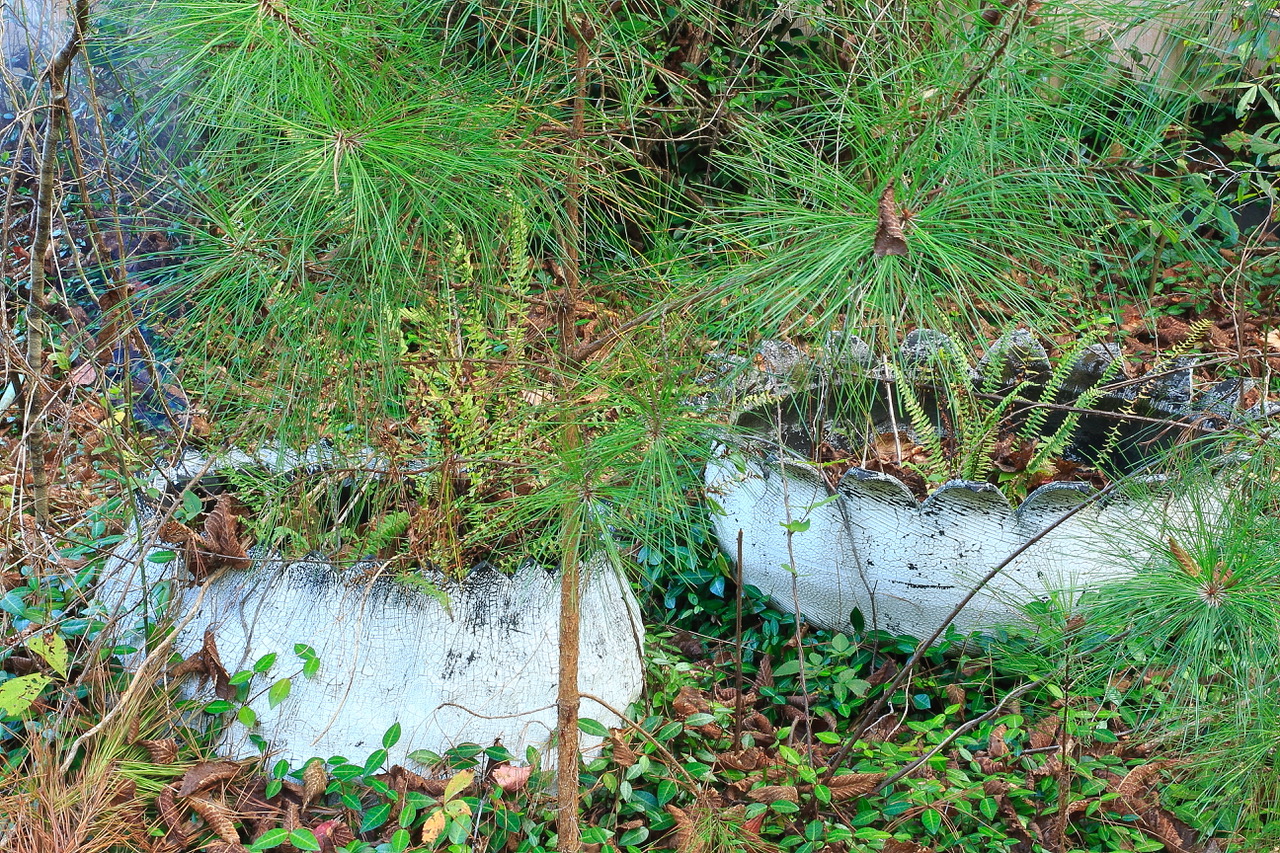The Lost Art Of Making Do
January 5, 2023By Tom Poland
He was twenty-six when the Great Depression arrived, thirty-six when it ended. A decade of doing without taught him something about survival. “Keep something seven years and you’ll find a new use for it.” Granddad’s generation handed down their philosophy of making do. It made for a kind of inheritance and it made for a kind of art.
We think of art as creative skill and imagination evident in paintings and sculptures. We should expand art to include how the human imagination turns everyday objects into innovations that possess beauty and emotional power. If necessity is the mother of invention, then making do charts a beautiful path to survival in times of paucity. You don’t have to live during a depression to go without. Mom and dad made do.
When mom died twelve years after dad had passed, my sisters and I set about going through our parent’s possessions. What to keep; what not to keep from their fifty-six years together of making do. It took us years to sort through things not thrown away. We kept at it week by week, month by month. Then one day, all their possessions were ours, others, or just gone. My empty boyhood home echoed with memories.

Their white paint faded, these old tirepots sit next to an old asbestos-sided house.
I cannot escape memories of family now gone to the graveyard. I remember how things were, how things changed, and how people made do. So when I see how families made do with things, memories rise like phantoms. Case in point. I was rambling along a back road when I came across old tires. They hadn’t rolled down a southern road in many a decade. But—and this is the lesson—they weren’t buried in a landfill or burned for warmth on a February morning. No, someone had made do with them. Made beauty too.
Back in the old tire’s day there were no Walmarts, Home Depots, or Lowes where people could buy plastic flowerpots imitating clay or foam pots looking like stone pots from ancient Rome or fiberglass pots the colors of the rainbow. In a time when many homes sported white asbestos cement siding, you saw tires converted into large flowerpots. I sure saw them. They were painted white, had scalloped edges, and red geraniums grew in them. The bright red flowers in those whitewashed tire pots brought beauty into my and other modest people’s lives. The tires had been repurposed, though their creators never explained it that way.
Some memories burn brighter than others. I can take you to an old farmhouse and show you exactly where tires painted white held red geraniums. They flanked the path leading to the steps I walked up many a day. I say I can take you there but I won’t. I prefer to remember things as they were.
Making do and remembering more, it was in the 1980s when I wrote a story about tenant homes. In one old home I entered I saw scraps of egg cartons of pink, white, blue, and yellow. An aged woman had cut the cartons into flower-like petals. She’d stitch the petals together with colored yarn and sell her colorful foamflowers to make a few dollars. You see she knew Mr. Get By quite well. He was first cousin to Mr. Make Do. That cold day I noticed the rat pills and roaches in windowsills, and I caught a whiff of kerosene. She had died just days earlier, denying her final Styrofoam flowers a chance to bloom.
“Repurposed.” It’s a word our throwaway society never uses. Buy new tires and you pay a tire disposal fee. That wasn’t the case in the days of making do. Tires turned inside out with scalloped edges cut into them and painted white gave red geraniums a home. All in all, they were quite pretty and quite original.
Worn-out tires turned flowerpots. Call them planters if you like, but to me they were and shall forever be tire pots. Whoever the enterprising soul was that thought them up should have gotten a medal of honor. And the fellow who made swings of old tires? Well, he deserved honorable mention at least.
Georgia native Tom Poland writes a weekly column about the South, its people, traditions, lifestyle, and culture and speaks frequently to groups in the South. Governor Henry McMaster conferred the Order of the Palmetto upon Tom, South Carolina’s highest civilian honor, stating, “His work is exceptional to the state.” Poland’s work appears in books, magazines, journals, and newspapers throughout the South.
Visit Tom’s website at www.tompoland.net
Email him at [email protected]




















